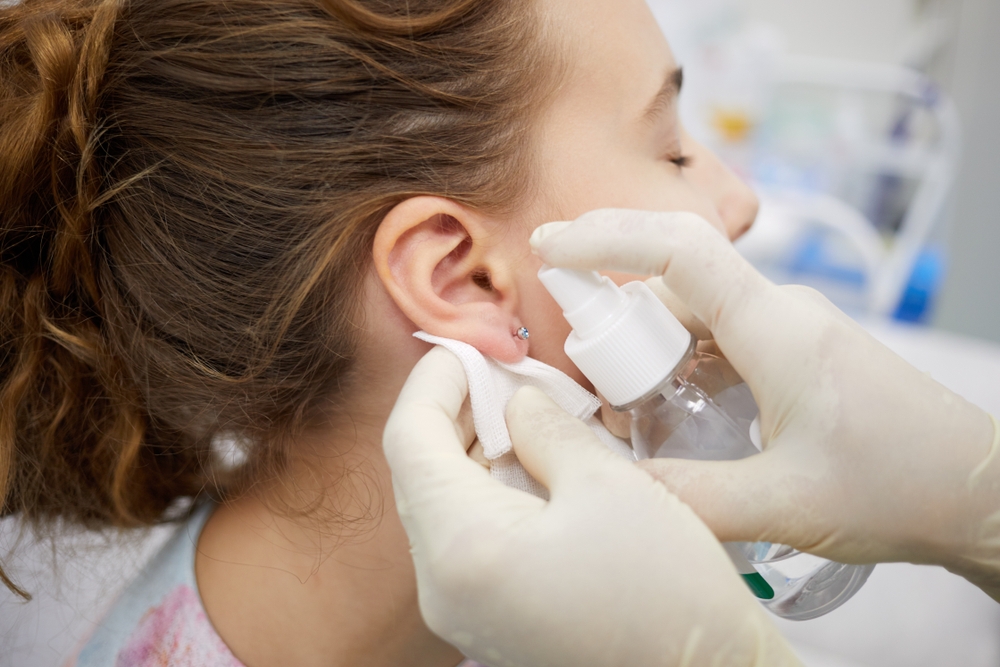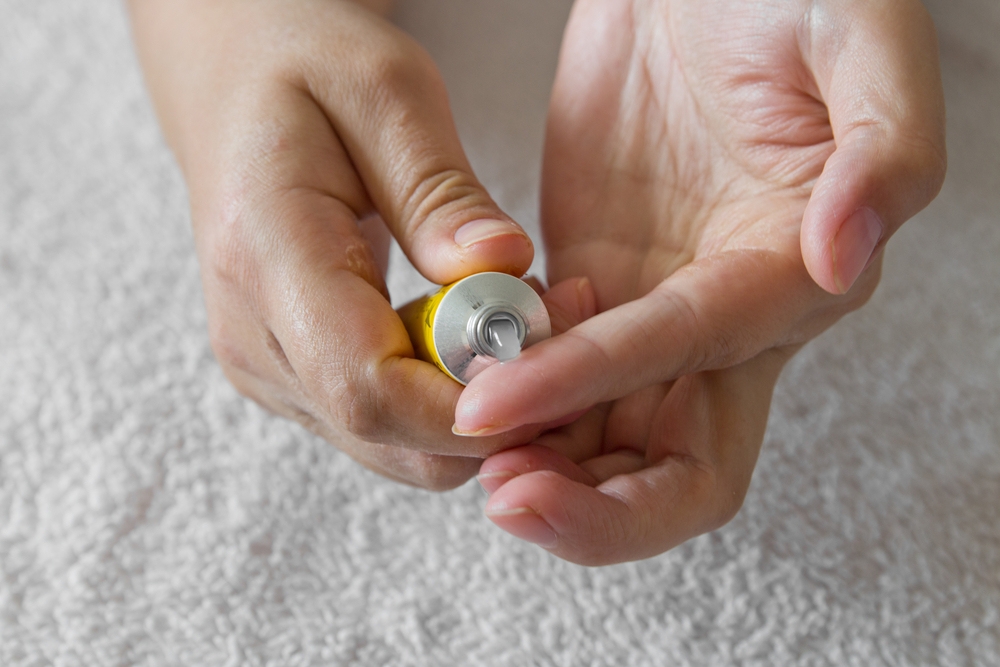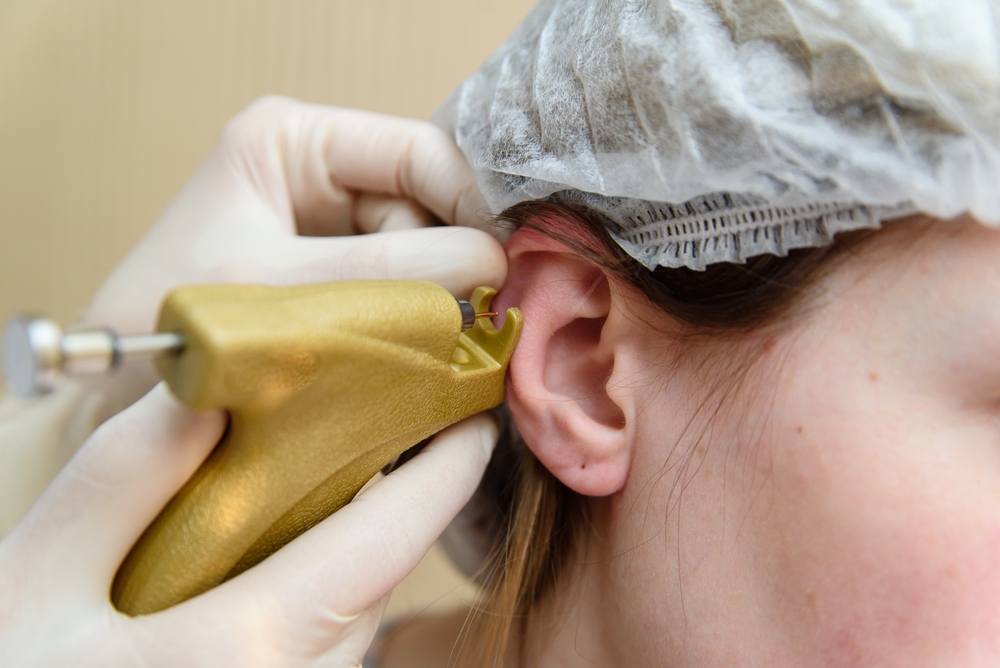
Simple and elegant pearl earrings, long ear lines to decorate the face shape… Good-looking earrings emerge one after another, causing many [star people without ear holes] to itch their hearts and also want to have a pair of ear holes.
Some of them flinched:
[It hurts to punch an ear hole, doesn’t it? No, no, I’m afraid of pain! ]
[My friend said that he became inflamed within a few days after the fight. It was very scary to be red, swollen and swollen.]
[I saw on the Internet that some people have swollen their ears after they have had their ears pierced! ]
It is also difficult for doctors to explain whether it hurts or not. After all, everyone is different in sensitivity to pain.
As for inflammation and swelling, we can teach you how to avoid it.
First, is winter more suitable for ear holes than summer?
Ear piercing refers to perforating the earlobe or cartilage of the ear.
Some friends thought to themselves, piercing a hole is equivalent to leaving a wound, which should be easy to inflame, right?
What we call inflammation of the wound, There are two kinds of conditions in medicine: allergy or infection. Infection is the most common condition. It refers to the invasion, destruction, proliferation and reproduction of microorganisms in the damaged place after the integrity of the skin is destroyed, resulting in slow wound healing and inflammatory reaction in the wound. Allergy to earrings can also cause wound inflammation, redness, swelling, itching and other discomfort.
Some studies have shown that ear holes in warm seasons may increase the risk of local infection.
For example, people are more likely to sweat, wash their hair and bathe frequently in summer, and use sunscreen relatively frequently. Sweat, water and chemicals will stimulate or even pollute ear holes, which is not conducive to wound healing and causes infection.
In addition, summer blood vessels dilate, ear hole wounds are more likely to bleed or form congestion, hematoma, also more likely to cause infection.
From this perspective, the statement that [winter is more suitable for ear piercing than summer] is actually reasonable.

Two, after the ear hole inflammation how to do?
Unhygienic perforation operation, poor healing of ear holes, or my allergy to ornaments, trauma, etc., may cause ear hole inflammation, showing symptoms such as redness, abscess (pus in earlobe and ear cartilage), pain, pruritus, etc.
If it is only mild redness and swelling and pain in the ear hole, it can be treated with antibiotics on its own (it is normal for the ear hole to have redness and swelling and pain just after punching, and the symptoms will gradually relieve and fade with time).
Erythromycin ointment can be applied to the inflamed part twice a day. Or apply mupirocin ointment 3 times a day. Use it for about 5 days. It is recommended to remove earrings during treatment.

If there is no improvement after self-treatment, or abnormal pain or swelling, even pus and bleeding, it is recommended to seek medical treatment in time for further treatment.
It is important to know that the infection of earlobe, especially ear cartilage, may cause aggravation of infection if it is not handled in time due to lack of blood transportation and circulation, thus leading to cartilage necrosis and ear deformity.
Some infections may be very serious, with serious systemic complications and even life-threatening.
Three, want to have an ear hole, should also pay attention to what?
In addition to the possible inflammation after ear piercing, everyone is also very concerned about the details that should be paid attention to before ear piercing.
1. Are you really suitable for ear holes?
I’m sorry to tell you that there are indeed some people who are not suitable for ear holes.
It is suggested to know whether you have scar constitution and keloid family history before drilling.
Scar constitution is not suitable for ear piercing, otherwise keloid may appear-that is, the [swollen bag] mentioned at the beginning of the article. For the sake of everyone’s eyes, the case picture will not be released.
If you suffer from diabetes, heart disease, hormone drugs, etc., it is best to consult your doctor before perforation if you can have an ear hole.
Because diabetic patients have microangiopathy, wound healing ability is poor; The ear blood vessels of patients with heart disease may have problems such as hypoxia or poor perfusion of ear tissue. If you are taking glucocorticoid drugs, it may affect wound healing.
2. Aseptic operation

It is recommended to select an experienced perforator and ask clearly whether what tools are used, how to clean the tools, and the safety standards followed in operation.
You can also check whether there is a autoclave in the studio and whether there is a disposable perforating gun or needle or a disposable sterile box.
During operation, the perforator should use disposable sterile gloves and wash hands before wearing gloves. During the perforation process, if the perforator answers the phone or does other things, he must ask ta to replace the gloves.
If aseptic operation is not followed during perforation, it may cause the spread of infectious diseases, including hepatitis B, hepatitis C, tetanus, even syphilis, AIDS, etc.
Step 3 Prevent allergies
In order to prevent metal allergy, appropriate ear hole ornaments should be used.
When you first have an ear hole, try to use only medical stainless steel, gold, platinum, niobium or titanium ornaments. Avoid alloy ornaments containing nickel. Because many people are allergic to nickel.
4. A More Reliable Choice-Go to the Hospital for Ear Piercing
If you can’t remember the above rules clearly, you’d better go to the hospital to have your ear pierced. Generally, plastic surgery or beauty surgery in a 3A hospital can be played.
